The Role of Web3 in Digital Content Creation and Distribution
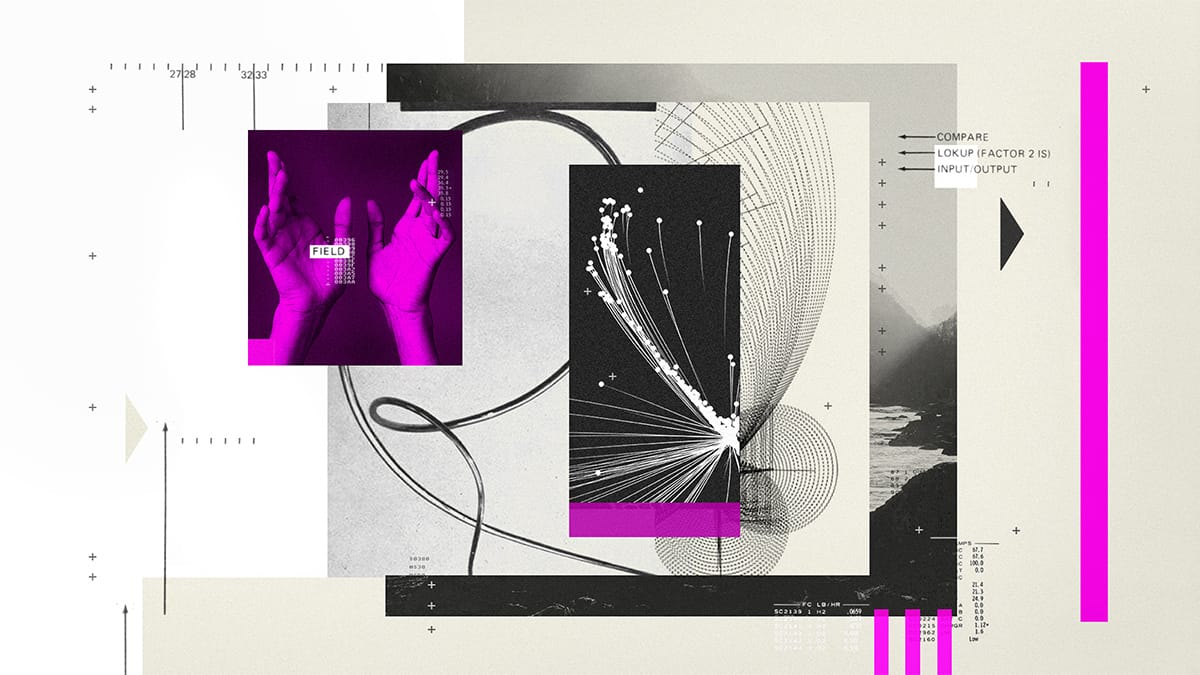
The rise of Web3 technologies is reshaping how content is created, distributed, and monetized on the internet. Traditional digital content platforms, such as YouTube, Instagram, and Spotify, have long acted as intermediaries between creators and their audiences. These platforms control the flow of content, dictate monetization models, and take significant portions of the revenue. With Web3, however, creators now have the opportunity to bypass these intermediaries and regain full control over their content and how they monetize it.
Web3, built on decentralized technologies like blockchain, enables creators to interact directly with their audiences, ensuring transparency, trust, and greater opportunities for earning revenue. In this article, we will explore how Web3 empowers digital content creators, with a particular focus on platforms like Audius for music and Mirror for writing.
What is Web3?
Before diving into the specifics of how Web3 benefits creators, it's essential to understand what Web3 is. In simple terms, Web3 is the next evolution of the internet, built on blockchain technology, which ensures decentralized control and ownership. Web3 emphasizes user autonomy, privacy, and the ability to own and control digital assets directly, without reliance on central authorities or intermediaries.
Unlike Web2 (the current version of the internet), which relies heavily on centralized platforms that collect user data and control content distribution, Web3 gives users more control over their online experiences. Key components of Web3 include:
- Blockchain Technology: A decentralized ledger that records transactions and verifies ownership, ensuring transparency and security.
- Smart Contracts: Self-executing contracts that automatically execute actions when predetermined conditions are met, eliminating the need for intermediaries.
- Cryptocurrencies and Tokens: Digital assets that enable creators to monetize content and engage with their audience without relying on traditional financial institutions.
- Decentralized Applications (dApps): Apps that run on a decentralized network, providing greater control and ownership to users.
How Web3 Empowers Creators
Web3 is a game-changer for digital content creators, offering several key benefits that revolutionize the way content is produced, distributed, and monetized.
1. Direct Monetization
One of the primary ways Web3 empowers creators is by enabling direct monetization. In the traditional digital ecosystem, creators often rely on advertising revenue, subscription models, or sales through platforms like YouTube, Instagram, or Spotify. These platforms take a significant cut of the revenue, leaving creators with only a fraction of the earnings.
With Web3, creators can monetize their content directly through blockchain-based platforms and cryptocurrencies. For instance, musicians can release their music as NFTs (non-fungible tokens), allowing fans to purchase, own, and resell their work. By doing this, creators bypass traditional streaming platforms, ensuring they keep more of the profits from their work.
Moreover, Web3 allows for new forms of monetization, such as token-based economies. For example, creators can issue their own tokens that represent a stake in their work, allowing their audience to invest in and profit from the creator’s success.
2. Ownership and Control
In the Web2 world, content creators often face the risk of having their work removed, censored, or altered by centralized platforms. For example, social media platforms can remove content that violates community guidelines or suspend creators' accounts without warning, leaving creators with little control over their own material.
Web3 solves this problem by offering creators full ownership of their digital content. Using blockchain technology, content is stored in a decentralized manner, meaning no single entity can control, censor, or take down the work. This ownership is reinforced through the use of smart contracts, which allow creators to establish clear terms for how their content is used, shared, and monetized.
Additionally, Web3 ensures that content creators are fairly compensated for their work. By using decentralized platforms, creators can negotiate their terms directly with consumers, avoiding the need for intermediaries who typically take a large portion of earnings.
3. Access to a Global Audience
Traditional content platforms often limit the reach of creators based on regional restrictions, censorship laws, or platform policies. Web3 eliminates these barriers by allowing creators to distribute content globally, without worrying about platform-specific regulations or content moderation.
This global access is especially important for creators in regions with restrictive content laws or those who face censorship. By utilizing decentralized platforms, creators can ensure their work reaches a worldwide audience, regardless of location.
4. Transparency and Fair Compensation
Blockchain's transparency features enable creators to track how their content is consumed and how much revenue they generate in real-time. This level of transparency is not possible on traditional platforms, where creators are often left in the dark about how their earnings are calculated.
Smart contracts can also ensure fair compensation. For example, a music track could be automatically divided into revenue shares and paid to the artist and any collaborators based on predetermined terms, without relying on third parties like record labels or streaming services to process payments.
Web3 Platforms Revolutionizing Content Creation and Distribution
Several platforms are leading the charge in Web3-based content creation and distribution, providing creators with new opportunities to control, share, and profit from their work. Two standout examples of such platforms are Audius for music and Mirror for writing.
1. Audius: Decentralizing Music Streaming
Audius is a decentralized music streaming platform that allows artists to upload and distribute their music directly to their audience, without the need for intermediaries like record labels or streaming services. Built on blockchain technology, Audius empowers musicians to retain control over their work and receive more equitable compensation.
Audius operates on a decentralized network of nodes, meaning that content is stored and streamed without the involvement of a central authority. Musicians can earn cryptocurrency in the form of $AUDIO tokens, which they can either hold or exchange. The platform also allows artists to directly engage with their audience, creating new ways to connect and collaborate.
Key features of Audius include:
- Decentralized Content Distribution: Artists upload music directly to the platform, where listeners can access it without the need for a central service.
- Fairer Compensation: Artists receive a larger share of revenue compared to traditional streaming services.
- Fan Engagement: Artists can build stronger relationships with their fans through direct interactions.
2. Mirror: Revolutionizing Writing and Publishing
Mirror is a Web3 platform designed for writers, journalists, and other content creators. By leveraging blockchain technology, Mirror allows writers to publish their work and engage with their audience while maintaining full ownership of their content. Mirror also introduces the concept of “DAO-based publishing,” where the community can participate in decisions related to content distribution and funding.
Writers can monetize their content by using NFTs or offering subscription-based access to exclusive pieces. Mirror’s blockchain-driven platform ensures that writers are fairly compensated, and that their work cannot be removed or altered without their consent.
Key features of Mirror include:
- Decentralized Publishing: Writers publish their work on the blockchain, where it remains permanently accessible.
- Monetization through NFTs and Subscriptions: Writers can sell their articles as NFTs or offer premium content to their audience.
- Community-Driven Support: Mirror allows readers to directly support writers by purchasing tokens or contributing to projects.
Conclusion
Web3 technologies are revolutionizing the way digital content is created, distributed, and monetized. By cutting out intermediaries like traditional social media platforms and streaming services, creators regain control over their work and how they earn revenue. Platforms like Audius and Mirror are leading the charge in empowering creators in the music and writing industries, offering decentralized solutions that ensure fair compensation, transparency, and ownership.
As Web3 continues to evolve, more creators across various industries will have the opportunity to leverage these technologies to create and distribute their work without the constraints of traditional platforms. The result is a more equitable, transparent, and decentralized internet that benefits both creators and their audiences.
References


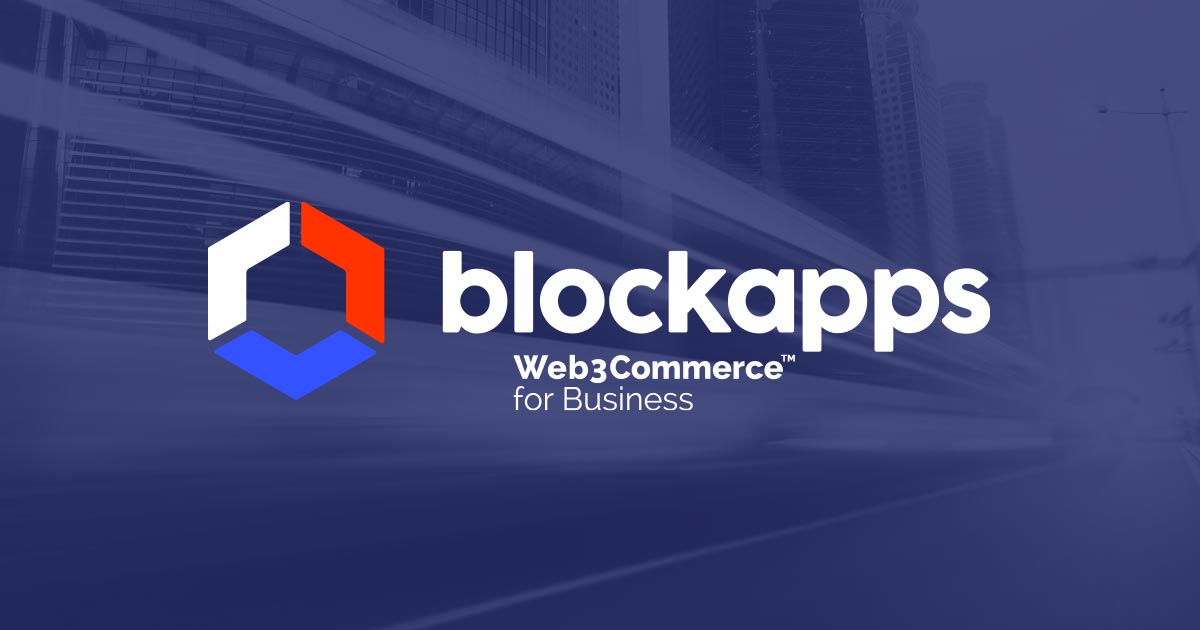

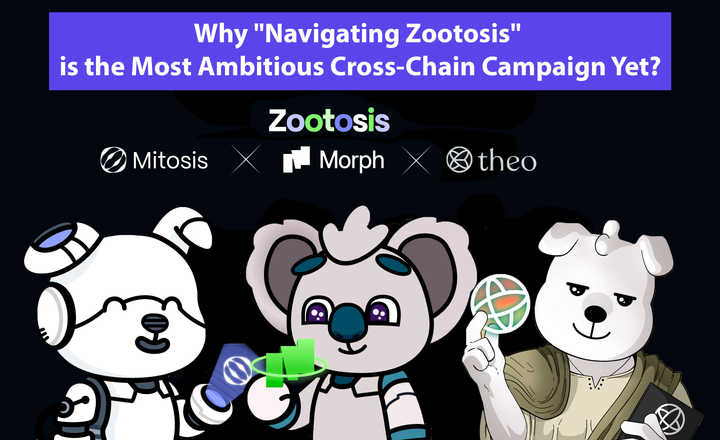
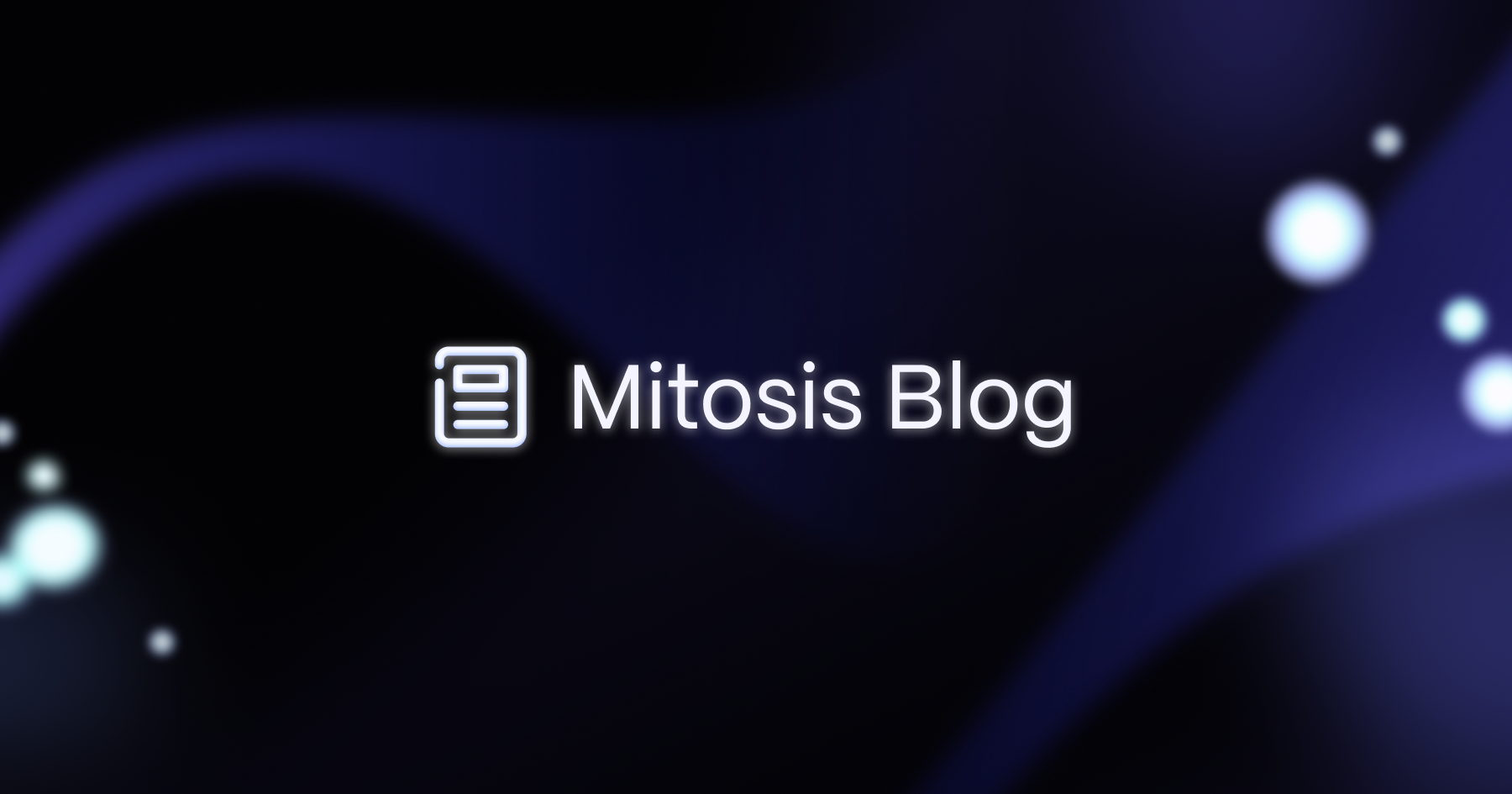





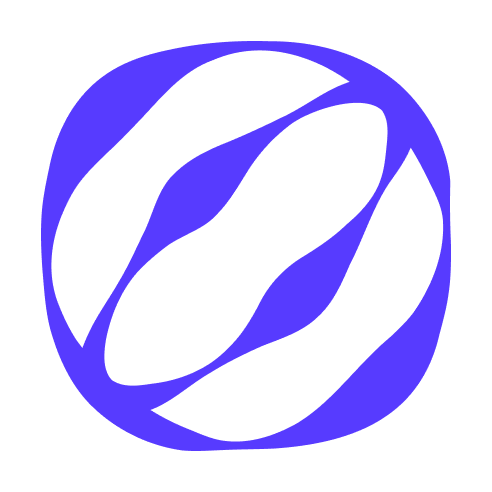
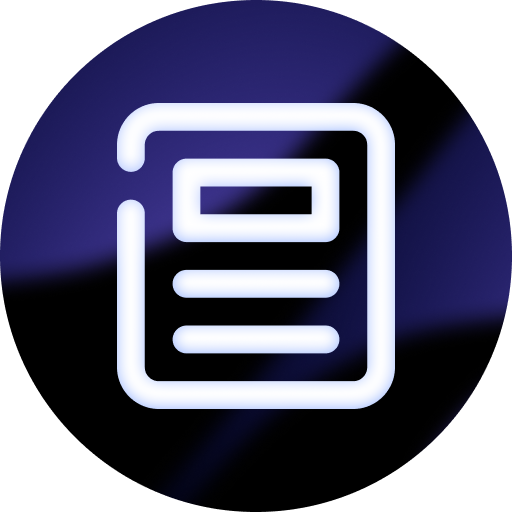



Comments ()